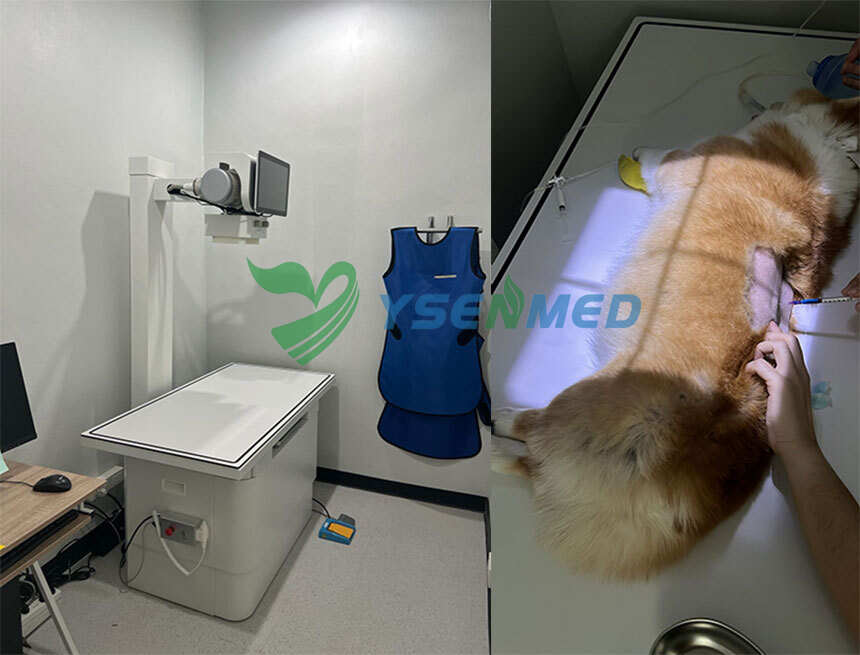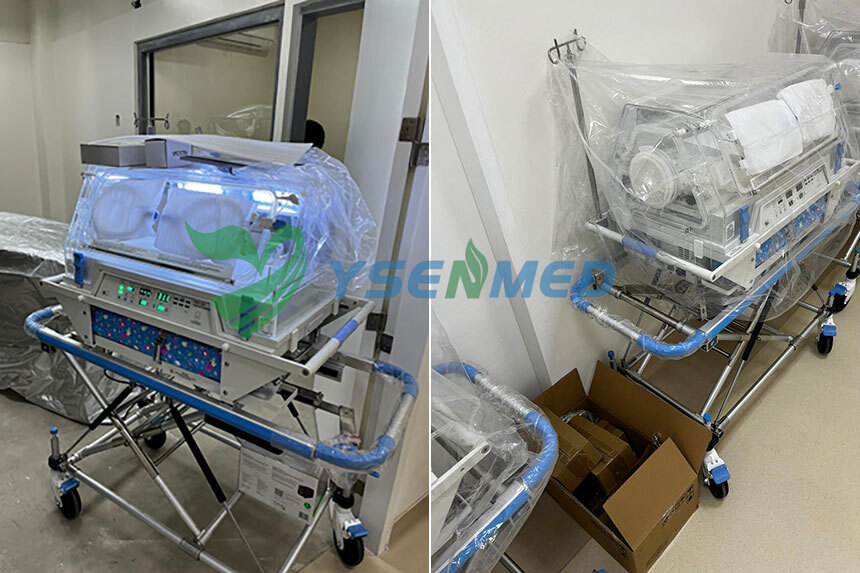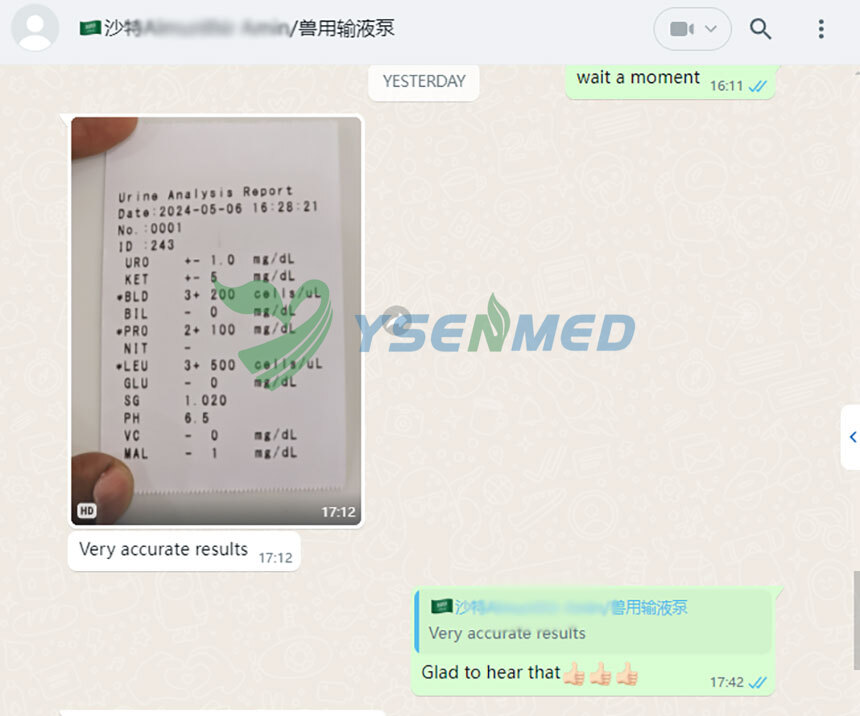Title:
The Lifesaving Role of Blood Gas Analyzers in Critical Care Settings
Introduction :
Introduce the critical importance of monitoring blood gases in healthcare.
Preview the significant impact of these devices in critical care settings.
Section 1: Understanding Blood Gas Analysis :
Explain the basics of blood gas analysis and its relevance in assessing a patient's physiological status.
Discuss the key parameters measured, including pH, partial pressure of oxygen (PO2), partial pressure of carbon dioxide (PCO2), and bicarbonate (HCO3).
Highlight the significance of these parameters in diagnosing and managing critical conditions.
Section 2: Importance of Timely Blood Gas Measurements :
Discuss the critical nature of timely blood gas measurements in emergency and critical care situations.
Explore the rapid changes in blood gas levels and the need for immediate intervention.
Highlight scenarios where quick analysis can be lifesaving for patients in critical conditions.
Section 3: Types of Blood Gas Analyzers :
Provide an overview of different types of blood gas analyzers available in the market.
Discuss the characteristics and functionalities of point-of-care analyzers, laboratory-based analyzers, and continuous blood gas monitoring systems.
Highlight the advantages and limitations of each type in various clinical settings.
Section 4: Key Parameters and Interpretation :
Explore in detail the key parameters measured by blood gas analyzers.
Provide insights into the interpretation of abnormal blood gas values and their clinical implications.
Discuss the importance of understanding the context and patient history in result interpretation.
Section 5: Blood Gas Analysis in Respiratory Distress :
Focus on the role of blood gas analyzers in assessing and managing respiratory distress.
Discuss how blood gas values aid in diagnosing conditions such as respiratory acidosis, alkalosis, and hypoxemia.
Highlight specific cases where rapid blood gas analysis guided effective interventions.
Section 6: Blood Gas Analysis in Shock and Sepsis (Approx. 800 words):
Explore the application of blood gas analysis in assessing patients in shock and sepsis.
Discuss how parameters like lactate levels and base excess contribute to early detection and management.
Highlight the lifesaving impact of timely blood gas results in critical care scenarios.
Section 7: Continuous Monitoring and Trends :
Discuss the benefits of continuous blood gas monitoring in critical care settings.
Explore the role of trending blood gas values over time for better patient management.
Highlight scenarios where continuous monitoring has proven crucial in preventing deterioration.
Section 8: Technological Advancements in Blood Gas Analyzers :
Explore recent technological advancements in blood gas analyzers.
Discuss improvements in accuracy, speed, and connectivity features.
Highlight the integration of artificial intelligence and machine learning for enhanced analysis.
Section 9: Integration with Electronic Health Records :
Discuss the importance of integrating blood gas analyzers with electronic health records (EHRs).
Explore how seamless data transfer improves workflow efficiency in critical care settings.
Highlight the benefits of having comprehensive patient data for informed decision-making.
Section 10: Training and Education for Healthcare Professionals :
Discuss the importance of proper training for healthcare professionals using blood gas analyzers.
Explore ongoing education initiatives to ensure proficiency in result interpretation.
Highlight the role of manufacturers and healthcare institutions in providing training resources.
Section 11: Industry Perspectives and Innovations :
Provide insights from industry leaders on the advancements and innovations in blood gas analyzers.
Discuss collaborations and partnerships driving advancements in the field.
Highlight emerging trends shaping the future of blood gas analysis in critical care.
Section 12: Challenges and Solutions :
Address common challenges faced in blood gas analysis in critical care settings.
Discuss solutions and strategies to overcome technical, logistical, and interpretational challenges.
Explore the importance of quality assurance in maintaining accuracy.
Section 13: Regulatory Landscape and Compliance :
Explore the regulatory landscape governing the use of blood gas analyzers.
Discuss compliance with standards and guidelines to ensure the reliability of results.
Highlight the importance of adherence to regulations for patient safety.
Section 14: Cost-effectiveness and Economic Considerations :
Discuss the economic implications of utilizing blood gas analyzers in critical care.
Explore the potential cost savings through early diagnosis and intervention.
Address considerations for healthcare organizations in optimizing the cost-effectiveness of blood gas analysis.
Section 15: Telehealth Applications :
Explore how blood gas analyzers contribute to telehealth applications in critical care.
Discuss the role of remote monitoring and real-time data transmission in virtual patient management.
Highlight the potential for extending critical care services to remote or underserved areas.
Section 16: International Perspectives on Critical Care and Blood Gas Analysis :
Examine the global perspectives on critical care and the utilization of blood gas analyzers.
Discuss regional variations and challenges in adopting advanced blood gas analysis technologies.
Highlight initiatives and collaborations addressing disparities in access to critical care.
Section 17: Future Trends and Prospects :
Predict future trends in blood gas analysis for critical care.
Discuss emerging technologies and their potential impact on the field.
Explore the role of blood gas analyzers in evolving models of critical care delivery.
Section 18: Case Studies and Success Stories :
Present detailed case studies showcasing successful implementation of blood gas analysis in critical care.
Discuss specific patient cases, the challenges faced, and the impact of timely interventions.
Emphasize positive outcomes and improvements observed in real-world critical care scenarios.
Section 19: Patient-Centric Approaches and Shared Decision-Making :
Discuss the importance of patient-centric approaches in critical care settings.
Explore shared decision-making models involving patients in their care plans.
Highlight the role of blood gas analysis in tailoring treatments to individual patient needs.
Section 20: Public Awareness and Education :
Discuss the importance of public awareness about the role of blood gas analysis in critical care.
Explore educational initiatives aimed at informing the general public about the significance of timely monitoring.
Highlight the role of media, social platforms, and healthcare organizations in raising awareness.
Section 21: Continuous Improvement and Feedback Mechanisms :
Discuss the importance of continuous improvement in blood gas analyzers.
Explore feedback mechanisms employed by manufacturers and healthcare professionals.
Highlight the role of end-users in shaping the future development of blood gas analysis technologies.
Conclusion :
Summarize the extensive exploration of
blood gas analyzers and their critical role in healthcare.
Reiterate the transformative impact of these devices in improving patient outcomes.
Encourage ongoing research, innovation, and advocacy for better critical care worldwide.




